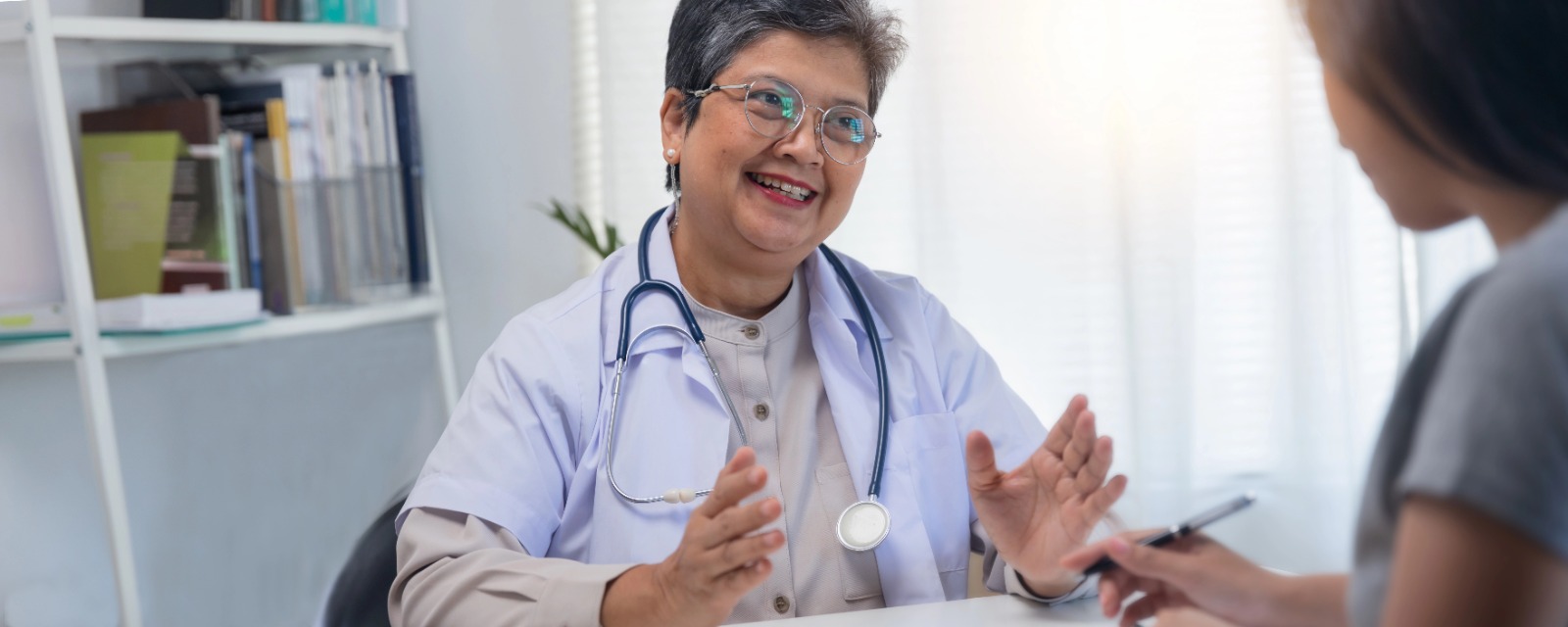10 Things You Didn’t Know About the HPV Vaccine
(But Definitely Should)
“The greatest wealth is health.” — Virgil
When it comes to vaccinations, the HPV vaccine might be the most misunderstood of them all. It’s whispered about in clinics, debated in parent WhatsApp groups, and often misunderstood as “only for girls” or “only before a certain age.”
But the truth? It’s a game-changer in preventive healthcare — not just for cervical cancer, but for a whole family of cancers caused by the Human Papillomavirus (HPV).
Let’s cut through the noise and get to the heart of it — with 10 truths you might not have known about the HPV vaccine, but absolutely should.
1. HPV is insanely common (and often silent)
HPV, or Human Papillomavirus, is the most common sexually transmitted infection in the world. The World Health Organization estimates that over 80% of sexually active people will contract HPV at some point in their lives — often without knowing it.
There are over 100 types of HPV, but around 14 high-risk strains can cause serious health issues like cervical, throat, anal, vulvar, and penile cancers.
2. It prevents cancer — not just warts
Let’s get this straight: the HPV vaccine isn’t just about genital warts. It’s a proven method of cancer prevention. According to the Centers for Disease Control and Prevention (CDC), HPV causes nearly all cases of cervical cancer and contributes to cancers of the anus, penis, vulva, vagina, and oropharynx (throat and mouth).
That means the vaccine could protect you or someone you love from a cancer diagnosis in the future. Let that sink in.
3. Boys need it just as much as girls
Nope, this isn’t a “girl vaccine.” HPV doesn’t discriminate — and neither should prevention.
While cervical cancer has gotten the most spotlight (and rightly so), men can contract and transmit HPV too, and are also at risk for HPV-related throat, anal, and penile cancers.
That’s why global health bodies — from WHO to India’s Ministry of Health — now recommend vaccinating all children, regardless of gender.
4. You can still get the vaccine after 14 — and even after 26
The most effective time to get the HPV vaccine is before sexual activity begins — which is why it’s recommended between 9–14 years old.
But don’t freak out if you missed the memo.
The vaccine is still approved up to age 45, though it’s most effective when taken early. So yes, even if you’re in your 20s or early 30s, it’s still worth a conversation with your doctor.
5. It’s not a green light for unsafe sex (but it helps)
One common myth is that giving the HPV vaccine is like handing teens a free pass to be reckless. That’s not how this works.
Think of it like a seatbelt — it doesn’t mean you’ll drive recklessly. It just protects you in case of the unexpected. The HPV vaccine is just one piece of a bigger sexual wellness puzzle that includes education, consent, regular check ups, and barrier methods.
6. There’s more than one vaccine (and one’s made in India!)
There are three types of HPV vaccines:
Gardasil (protects against 4 HPV strains)
Gardasil 9 (protects against 9 strains, including the most high-risk)
Cervarix (protects against 2 high-risk strains)
In 2022, India rolled out its own made-in-India version — Cervavac, developed by the Serum Institute of India. It’s affordable, homegrown, and a massive step towards eliminating cervical cancer in the country.
7. Side effects? Yes. Serious ones? Rarely
Like most vaccines, the HPV vaccine may cause mild side effects — arm soreness, fatigue, low-grade fever, or dizziness. These pass quickly.
Severe reactions are extremely rare, and multiple studies have shown it’s a safe vaccine even over long-term observation. A 2020 study published in Pediatrics found no increased risk of autoimmune diseases in those vaccinated.
8. One shot? Two shots? Three shots? It depends
The dosage depends on your age at first vaccination:
Ages 9–14: Two doses, 6 months apart
Ages 15–45: Three doses over 6 months
Your doctor may tailor this based on health conditions, so always follow medical guidance. One thing is for sure — it’s not a one-and-done for everyone.
9. India is gearing up for a big HPV vaccine rollout
India still accounts for about 1 in 5 cervical cancer deaths globally. To tackle this, the government announced plans to include the HPV vaccine in the national immunization program for girls aged 9–14.
The goal? Eliminate cervical cancer by 2040. And with the launch of affordable vaccines like Cervavac, this no longer feels like a dream.
10. HPV vaccination + screening = double protection
The HPV vaccine is a powerful first line of defense — but it doesn’t replace regular cervical cancer screenings like the Pap smear or HPV DNA tests.
Even vaccinated individuals can benefit from screenings since no vaccine covers every single HPV strain.
Prevention is a combo move. Vaccinate early. Screen regularly. Stay informed. And talk openly — because silence doesn’t save lives.
✨ Final Word from MIROR:
The HPV vaccine isn’t just a shot in the arm — it’s a shot at a healthier future.
If something as simple as a vaccine can protect our daughters, sons, partners, and ourselves from life-altering diseases, shouldn’t we talk about it more?
Because prevention is powerful. And you, dear one, deserve to live with power, protection, and peace.
Some Expert Links For You —
Narayana Health: All You Need to Know About HPV Vaccine
Mayo Clinic: HPV vaccine: Who needs it, how it works?
HPV World: India prepares to introduce HPV vaccine in National Immunization Program
FAQs
Nope. The HPV vaccine has no known impact on fertility, egg quality, or pregnancy outcomes. In fact, it protects against cervical changes that could complicate future pregnancies.
Yes. While it won’t undo past exposure, it can still protect you from other high-risk strains of HPV you haven’t encountered yet.
Because HPV causes throat, anal, and penile cancers too—plus, vaccinating everyone reduces overall virus spread.
Generally, yes. Unless you're acutely ill, most routine vaccines—including HPV—are safe post-illness. Always confirm with your doctor.
Yes, especially if you haven’t been exposed to multiple strains. Newer guidelines support vaccination up to age 45 based on individual risk.

Rini Ghosh






